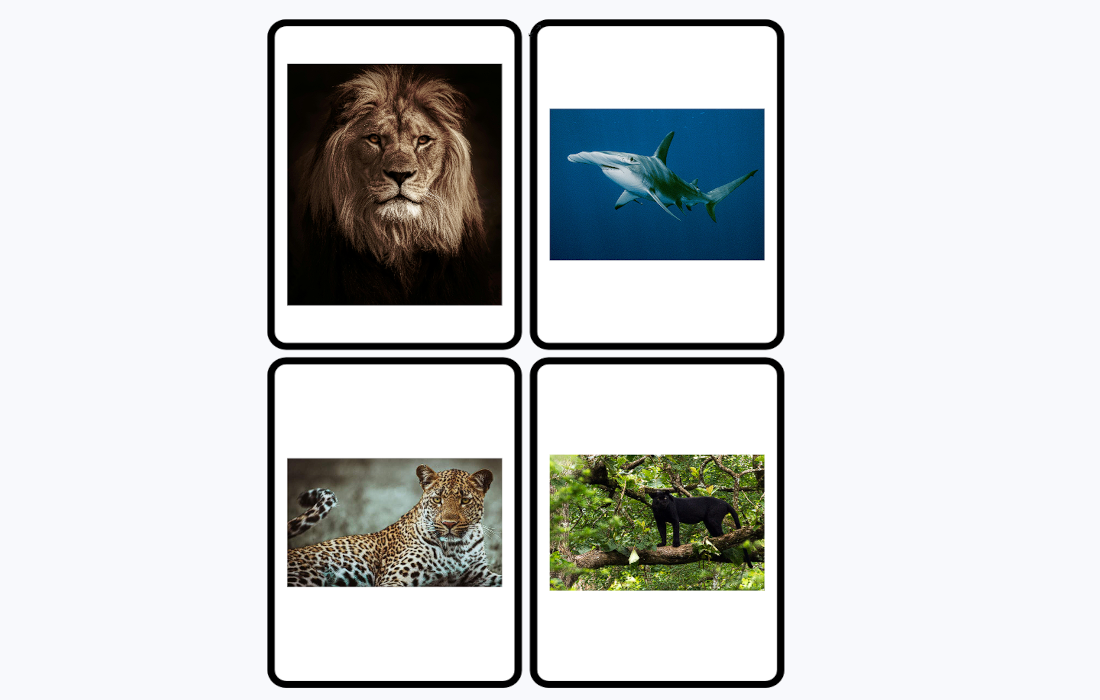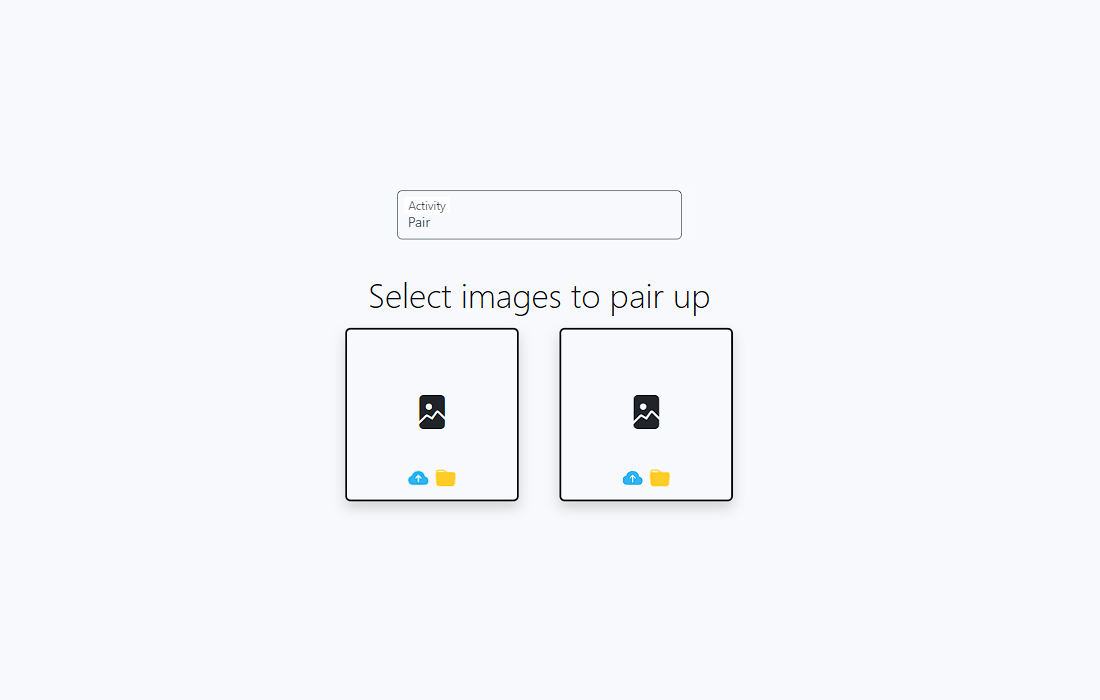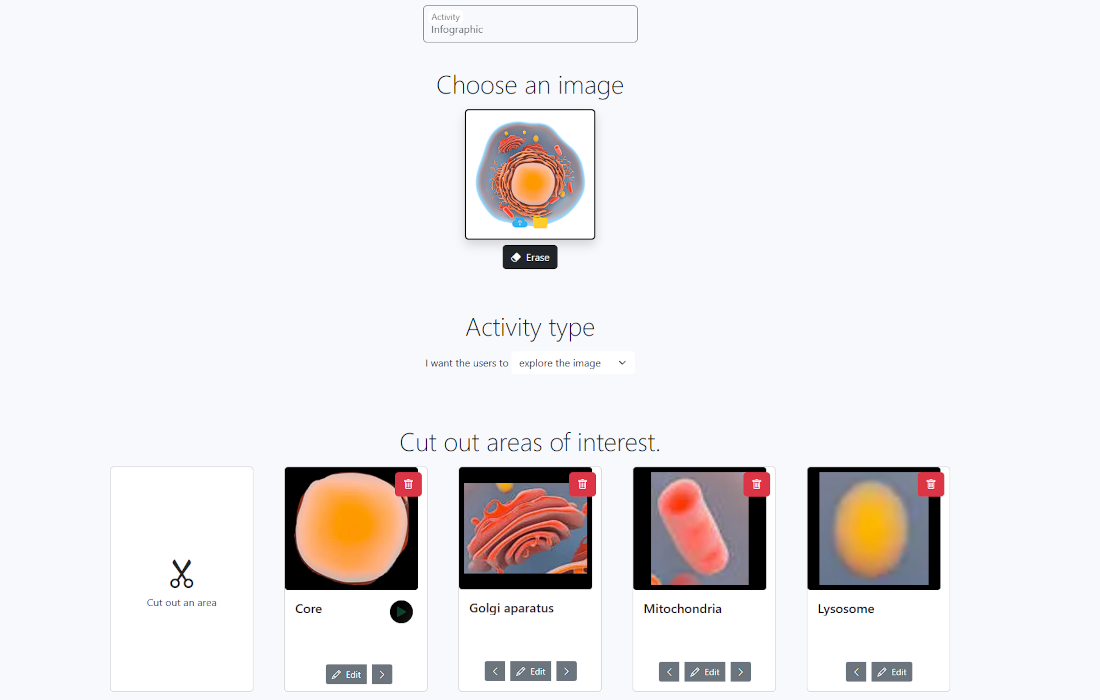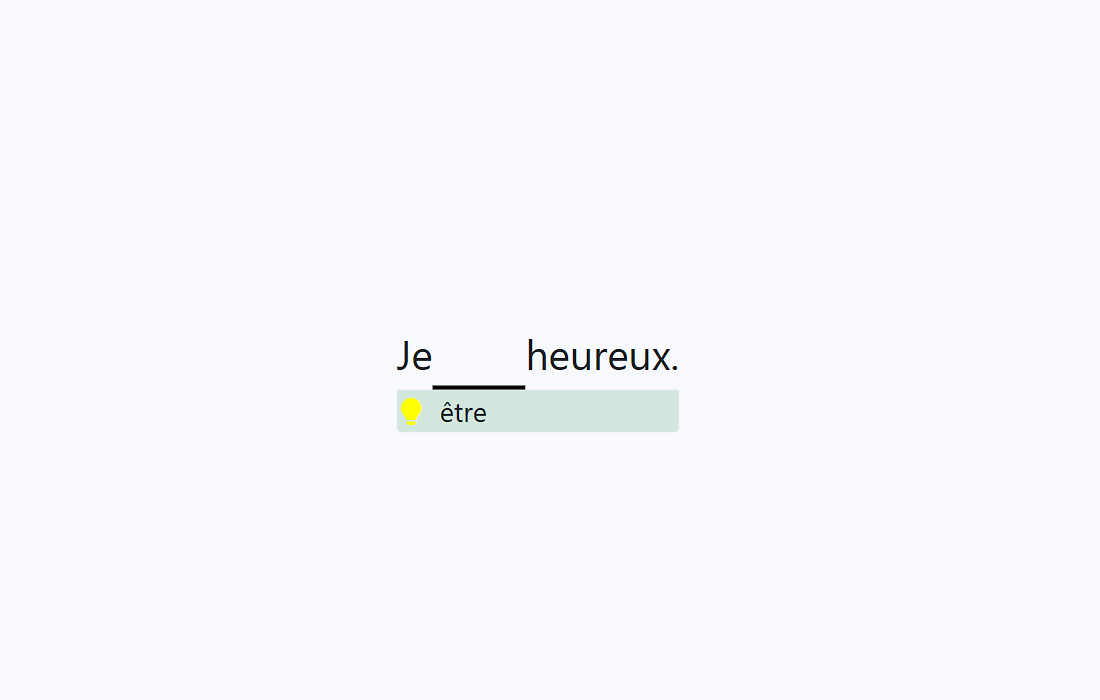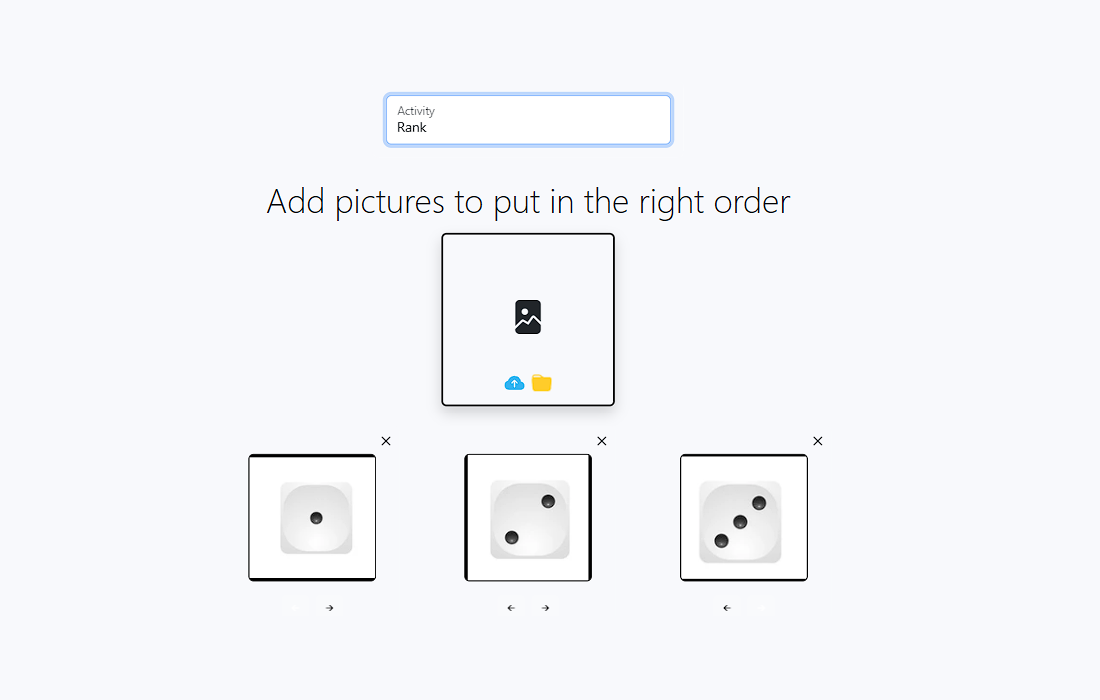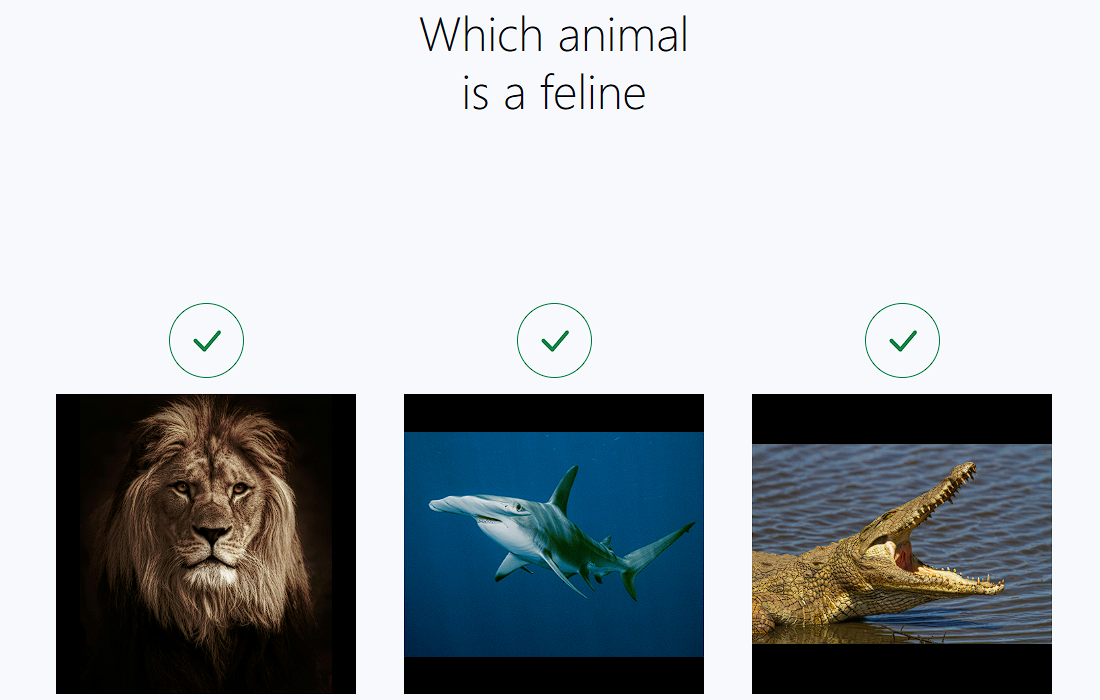
Multiple choice
Multiple choice activities are a versatile and effective learning tool because they encourage students to actively retrieve knowledge while also practicing decision‑making. By presenting several possible answers, they train learners to distinguish between correct information and common misconceptions, which strengthens critical thinking and deepens understanding. Multiple choice questions also provide immediate feedback, helping students quickly identify gaps in their knowledge and reinforcing correct responses through repetition. For language learners, they’re especially valuable in building vocabulary, grammar awareness, and reading comprehension, since learners must carefully analyze context before selecting an answer. Because they can be adapted to any subject — from math facts to historical events — multiple choice activities offer a flexible, engaging way to practice recall and comprehension in a low‑stakes, game‑like format.

